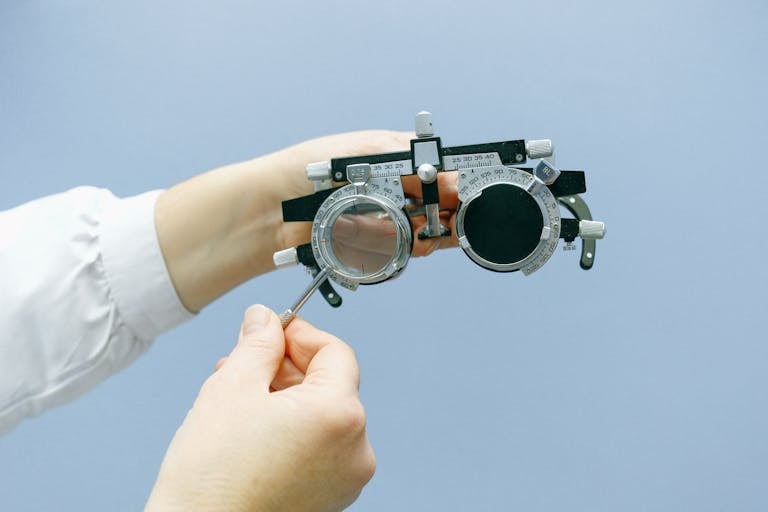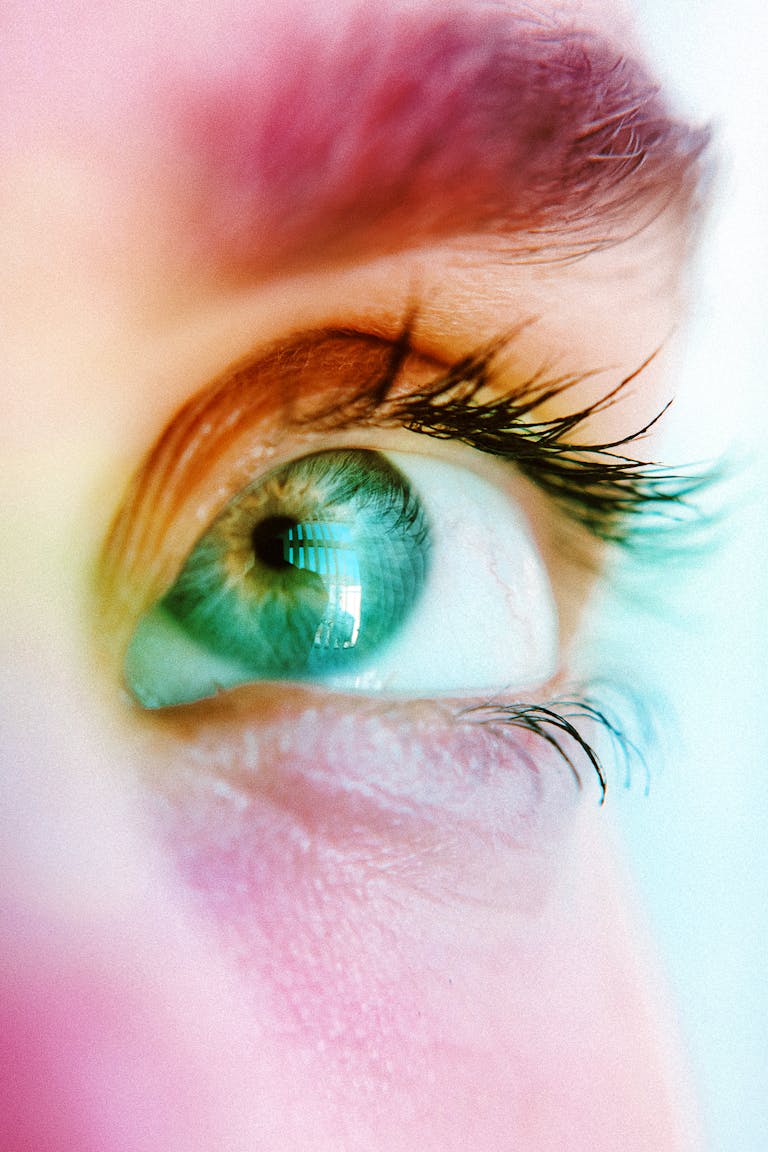Contact Lenses: Essential Tips for Choosing the Right Pair
Contact lenses are a popular choice for millions of people who need vision correction. They provide a convenient alternative to glasses, offering a wider field of view and better comfort for some users. Whether someone is playing sports or just wants a change from glasses, contact lenses can be a practical solution.

Many types of contact lenses are available, each catering to different needs and preferences. These range from daily disposables to lenses that can be worn for extended periods. It’s important for each user to find the type that works best for their lifestyle and eye health.
Before getting contact lenses, it’s crucial to consult with an eye care professional. They can recommend the best fit and ensure the lenses are safe and comfortable. Proper care and hygiene are essential to prevent infections and maintain healthy eyes.
Types of Contact Lenses
Contact lenses come in various forms tailored to different needs and preferences. Some are soft and flexible, while others are firmer and durable. They can be worn for extended periods or replaced daily, each having unique benefits.
Soft Contact Lenses
Soft contact lenses are made of flexible materials that allow oxygen to pass through to the eye. They are comfortable and easy to adjust to, making them a popular choice. Brands like Acuvue offer a range of soft lenses for different vision needs, including astigmatism and presbyopia.
These lenses often come in different wear schedules, such as daily, weekly, or monthly. The convenience of soft lenses means they fit seamlessly into everyday routines. Moisture-rich options help keep eyes from drying out, a common issue with contact lenses.
Rigid Gas Permeable (RGP) Contact Lenses
Rigid gas permeable (RGP) lenses are less flexible than soft lenses but offer sharper vision. They are made of durable materials and can last longer than soft lenses. RGP lenses are an ideal choice for people with specific vision needs, like high astigmatism.
Though less comfortable initially, they often become more tolerable over time as the eye adjusts. Because they don’t absorb moisture, RGP lenses keep their shape well, providing consistent vision. These lenses can also help slow the progression of certain eye conditions.
Extended Wear Contact Lenses
Extended wear lenses are designed for continuous wear, even while sleeping. These lenses can typically be worn from six nights up to 30 days, depending on the type. They need to be highly breathable to maintain eye health during prolonged wear.
Their convenience is a major benefit, especially for those with active lifestyles or irregular google.com schedules. It is important, however, to follow the manufacturer’s guidelines and have regular check-ups to avoid infections. Some Acuvue products provide extended wear options.
Disposable Contact Lenses
Disposable contact lenses are designed to be replaced frequently. Options include daily, weekly, or monthly replacement schedules. Daily disposables are worn for one day and then discarded, reducing the need for cleaning and storage solutions.
These lenses are beneficial for people with allergies or dry eyes, as they minimize the buildup of deposits that can cause irritation. Shorter wear schedules also offer a practical solution for occasional lens wearers. With brands like Acuvue, users can find a disposable lens that fits their needs.
Choosing the Right Contact Lenses
Choosing the right contact lenses involves considering your lifestyle, needs, and eye health. It’s important to think about factors like daily wear, sensitivity, and prescription requirements.
Factors to Consider
When selecting contact lenses, the first thing is to consider the wear schedule. Daily disposable lenses offer convenience but may be more expensive. Weekly or monthly lenses require cleaning but can be more cost-effective. Dry eyes or allergies can also influence the choice, leading to lenses with higher moisture content.
The material of the lens is another key factor. Soft lenses are comfortable and easy to adjust to, while rigid gas-permeable lenses provide sharper vision but require a longer adaptation period. Lifestyle also plays a role; active individuals might prefer lenses that offer UV protection or enhanced durability.
Contact Lens Prescription
Contact lenses require a specific prescription that differs from glasses. It is not just about vision correction. Base curve and diameter are unique to contact lenses and vital for fit and comfort. Sphere, cylinder, and axis are important for those with astigmatism, needing toric lenses.
The eye care professional will measure pupil size and may suggest different lenses for those with conditions like presbyopia, where multifocal lenses might be recommended. Always ensure your prescription is up-to-date to maintain eye health and optimal vision.
Consulting an Eye Care Professional
An eye care professional is essential in choosing the right lenses. They perform necessary eye exams and answer questions about lens types and their benefits. They will discuss hygiene practices to prevent infections, as improper care can lead to eye problems.
An eye exam will involve testing for vision changes, assessing the health of the eye, and ensuring that the selected lens fits properly. Follow-up visits might be needed to make any adjustments. With their expertise, they help navigate choices and prescribe what’s best for one’s individual needs, ensuring a comfortable and safe experience with contact lenses.
Proper Care and Maintenance

Proper care for contact lenses keeps eyes safe and lenses in good shape. Regular cleaning, safe storage, and careful handling are key steps every lens wearer should follow. These practices help prevent infections and other problems.
Cleaning and Disinfecting
Cleaning contact lenses daily is crucial. Users should wash their hands with soap and water before touching lenses. Use a fresh cleaner each day, as it removes protein deposits and bacteria.
Follow these steps for cleaning:
After cleaning, use a disinfecting solution. Do not use tap water for rinsing, as it can cause infections.
Storage Solutions
Proper storage is important for contact lens safety. Always use a clean storage case and fresh solution. Do not reuse old solution because it loses effectiveness. The storage case should be replaced every few months to avoid bacteria buildup.
When storing lenses overnight, make sure every compartment is filled with solution. Never store lenses in water. This practice helps maintain lens hydration and prevents germs.
Handling and Hygiene Tips
Good hygiene helps keep eyes healthy. Always wash and dry hands before handling. Drying hands with a clean towel is vital to avoid transferring dirt or germs.
When applying or removing lenses, use fingertips to avoid sharp nails. Avoid wearing lenses longer than prescribed. If eyes feel irritated, lens use should be reduced. Stick to any schedules suggested by eye care professionals. This prevents potential eye problems.





